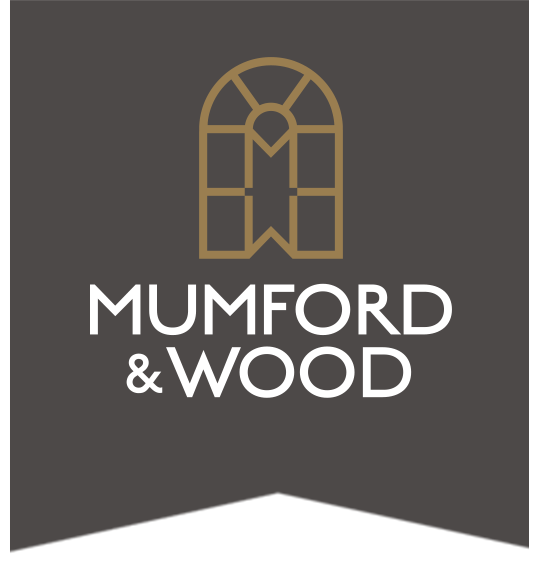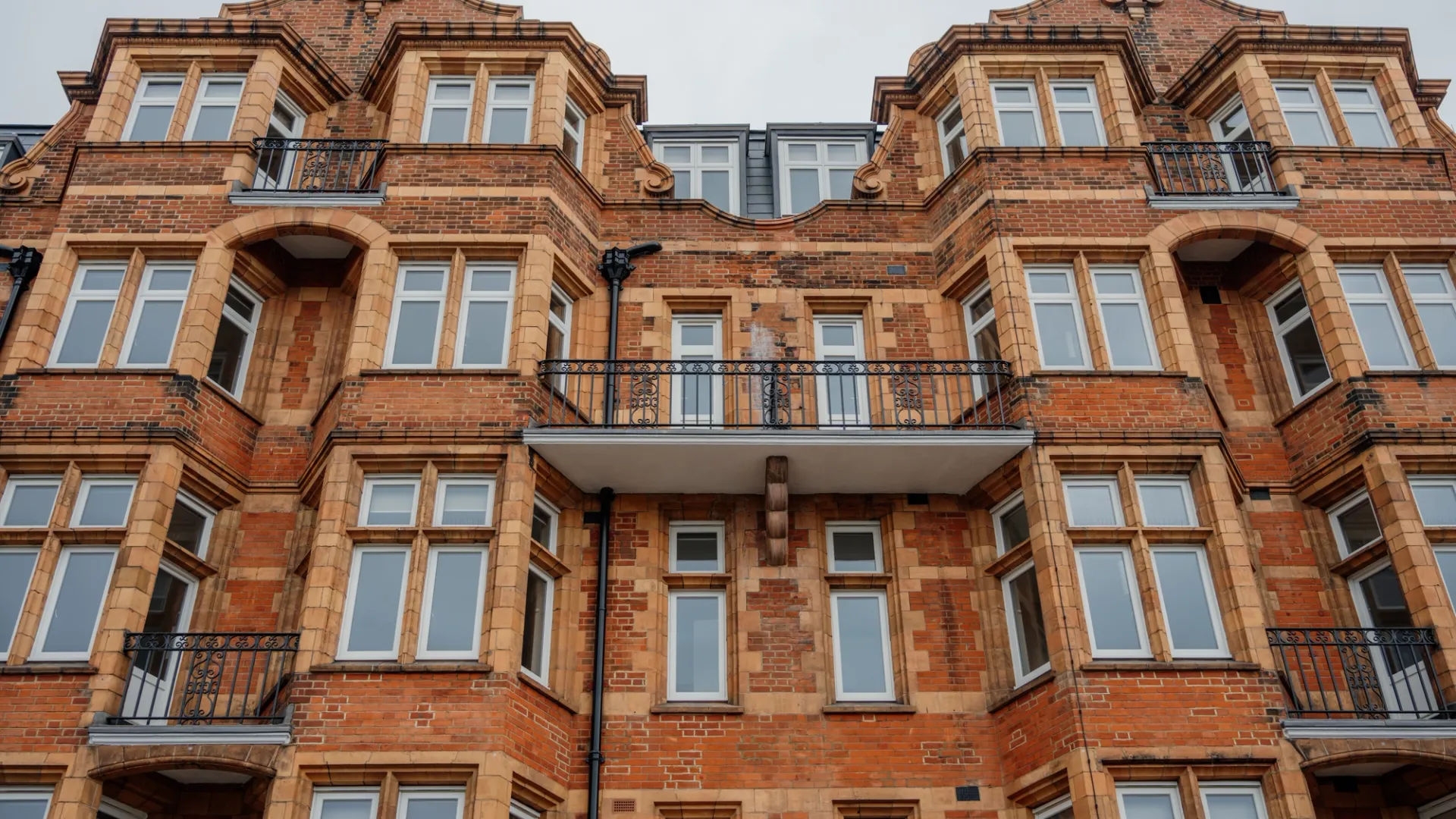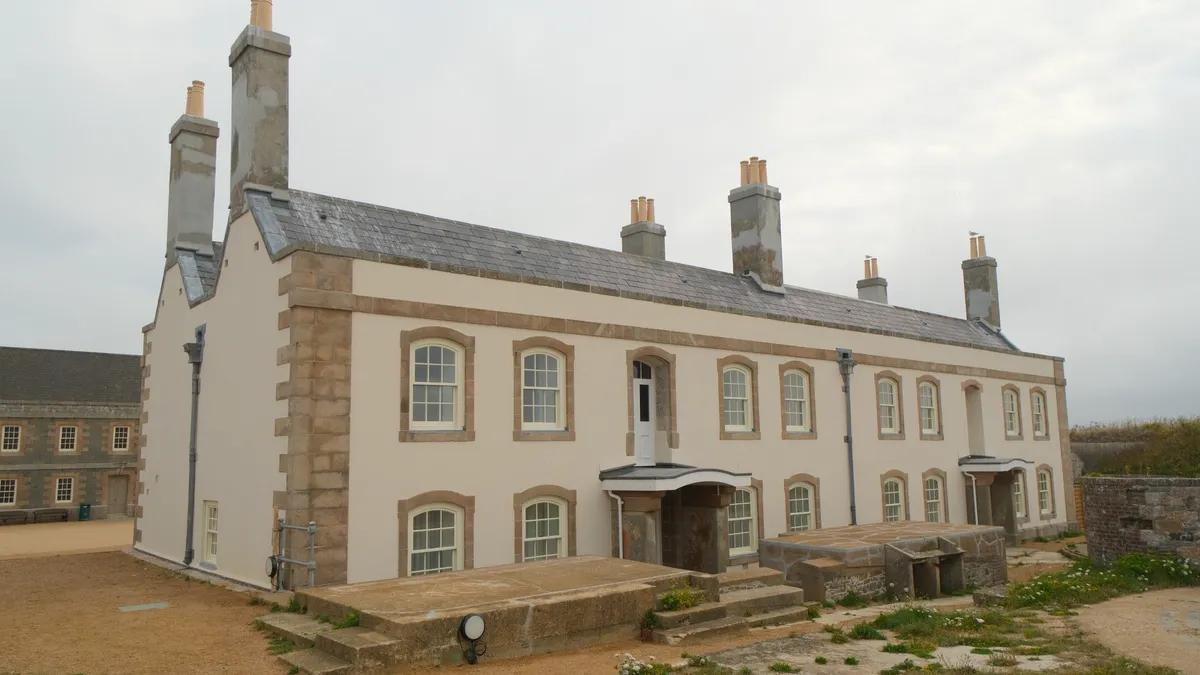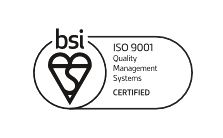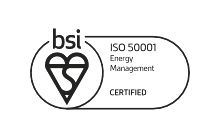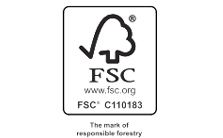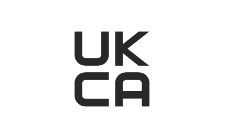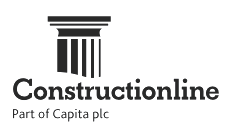In today’s climate-conscious world, the way we design and build homes is undergoing a quiet revolution. Fuelled by rising energy costs, changing legislation, and the UK’s long-term commitment to achieving net-zero emissions, energy efficiency is no longer a feature — it’s a baseline expectation.
At Mumford & Wood, we’ve always believed that performance and beauty should work hand in hand. That belief is reflected not only in the design of our timber windows and doors, but also in the role they play in meeting evolving regulatory standards — particularly Part L of the Building Regulations, which governs the conservation of fuel and power.
Energy Efficiency as a Design Principle
For years, insulation and airtightness were seen as afterthoughts. But today, they are fundamental to every decision on a construction site, from the positioning of a building on its plot to the placement and performance of its windows and doors.
Part L embodies this shift. It’s the legal framework that demands energy-conscious thinking from the outset. Updated most recently in 2022, it sets the minimum standards for thermal efficiency in new buildings and major renovations. Every detail, from the U-value of a glazed unit to the seal around a sash, contributes to whether or not a project meets compliance.
But Part L isn’t just about regulation. It’s about future-readiness.
Why It Matters — and Why It’s Changing
Buildings are responsible for around 40% of the UK’s total energy consumption. If we’re to meet our national carbon targets, how we heat, insulate, and ventilate homes must change, quickly and meaningfully.
Part L aims to address this by enforcing tighter limits on energy loss and mandating better building performance. For architects, developers, and self-builders, this means creating structures that work harder with less - less fuel, less heat loss, and ultimately, less environmental impact.
It also reflects a broader shift in how buildings are valued. Homes that meet or exceed Part L requirements are in high demand. They sell faster, retain long-term value, and deliver real savings for those who live in them.
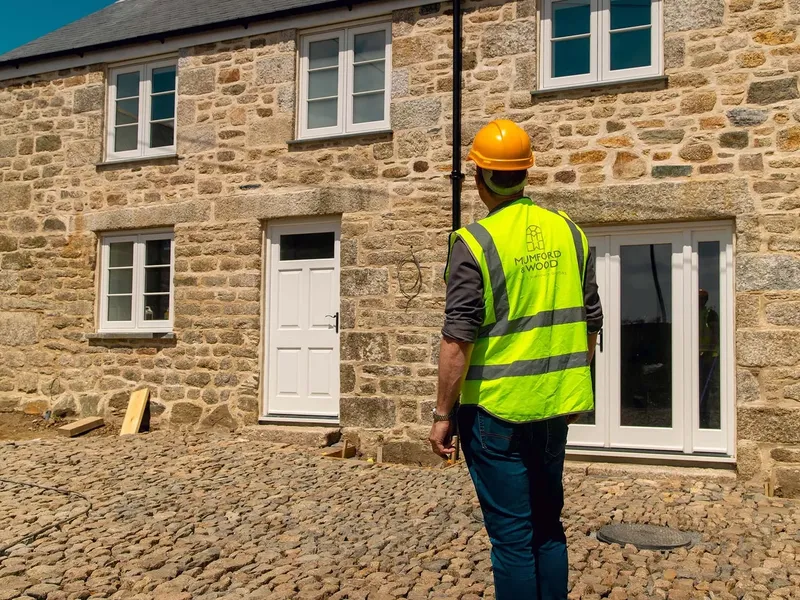
The Role of Windows and Doors
Windows and doors are often the unsung heroes (or culprits) of building efficiency. Poorly specified glazing or badly fitted units can cause significant heat loss, draughts, and rising energy bills. That’s why Part L includes specific guidance on:
- Minimum U-values for doors and windows
- Glazing ratios and solar gain
- Airtightness around frames and junctions
At Mumford & Wood, we design timber windows and doors that not only meet these standards but elevate them. Our range includes high-performance glazed units with market-leading insulation values, engineered to balance both energy efficiency and heritage styling.
What Compliance Looks Like in Practice
Achieving Part L compliance isn’t a single step — it’s a process. It begins during early-stage planning and continues through to handover.
Here’s how that journey often unfolds:
1. Designing with Performance in Mind
Before a brick is laid, architects must calculate expected energy performance. This includes the building fabric, heating systems, ventilation, and — critically — the specification of windows and doors.
2. Product Specification
Every opening must be fitted with products that meet specific thermal targets. That means sourcing windows and doors with certified U-values, airtight seals, and materials that reduce thermal bridging.
3. Build and Installation
Proper fitting is as important as product performance. Even the best windows will underperform if not correctly sealed and aligned. That’s why we provide installation guidance and technical support throughout the process.
4. Testing and Sign-Off
Once construction is complete, the building must be tested, including air permeability checks, and issued with an Energy Performance Certificate (EPC) to confirm compliance.
Our Commitment to Building Better
We understand that compliance is just one part of the story. That’s why our service extends far beyond manufacturing. We work closely with specifiers and project teams to:
- Recommend optimal glazing strategies
- Supply full product documentation
- Support EPC and regulatory submissions
Whether you’re restoring a listed property or building a contemporary eco-home, our team is here to help you meet the latest requirements without compromising on design integrity.
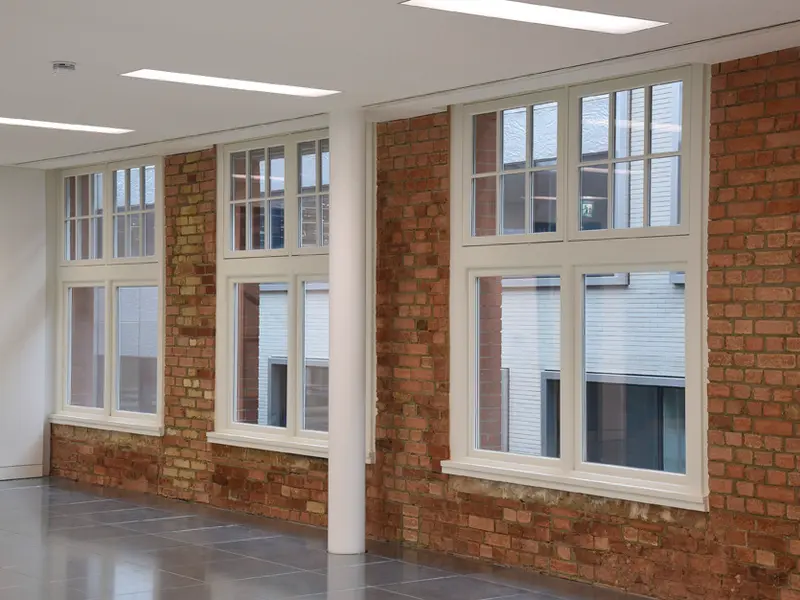
Looking Ahead
The UK’s energy regulations are moving in only one direction: forward. The Future Homes Standard, due for implementation in 2025, will raise efficiency standards even higher, requiring near-zero-carbon performance for all new dwellings.
For those designing and building today, this means futureproofing their projects now, and Part L is the place to start.
Experience Mumford & Wood
Our handcrafted timber windows and doors don’t just help you meet Part L compliance — they give your project a timeless finish with lasting value. Each product is carefully crafted, rigorously tested for performance, and tailored to meet your exact needs.
- Download our digital brochure
- Request a physical copy
- Visit our showroom
- Or speak to our expert team for tailored project advice.
Because building better isn’t about compromise. It’s about making the right choices — and we’re here to help you make them.
